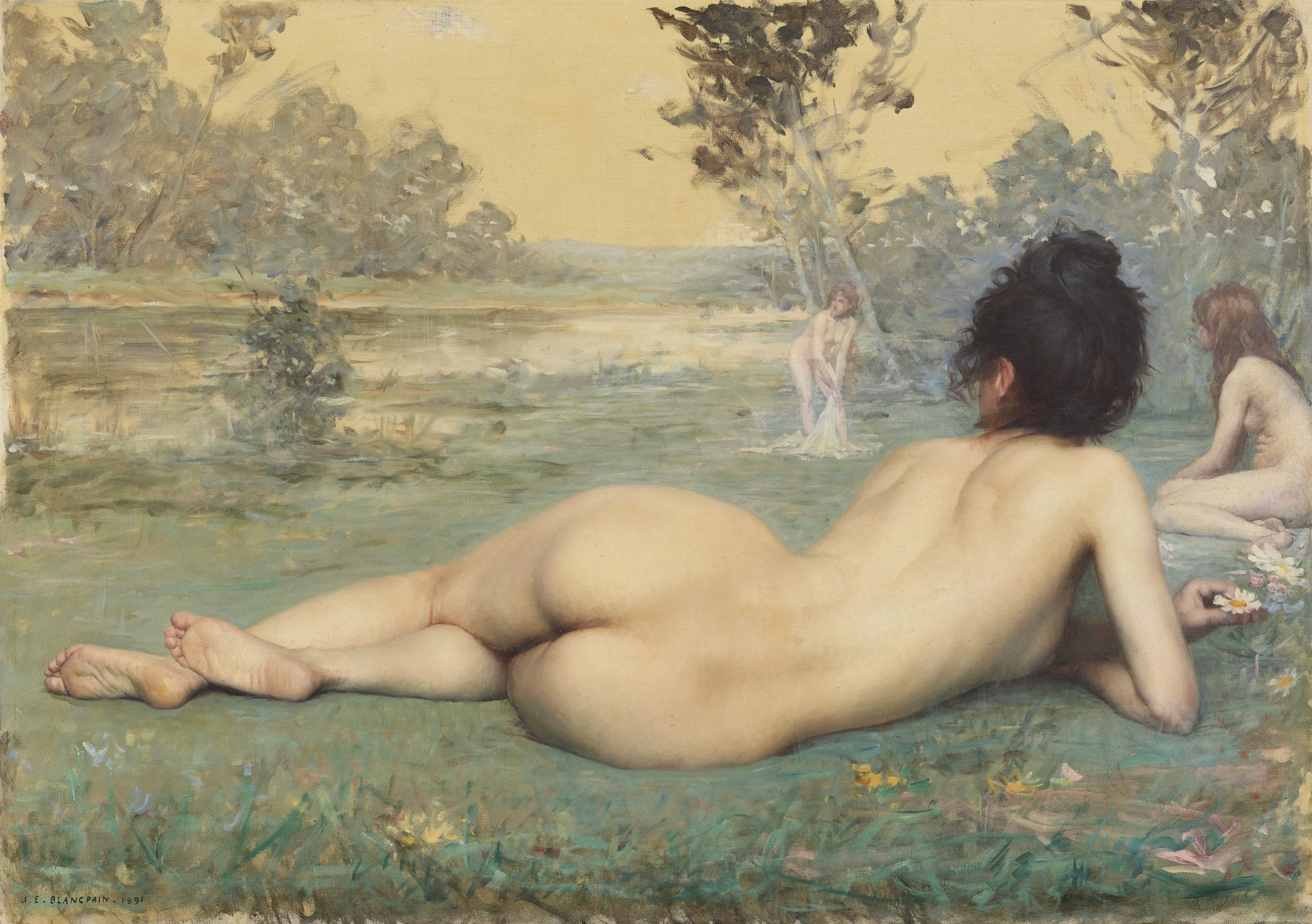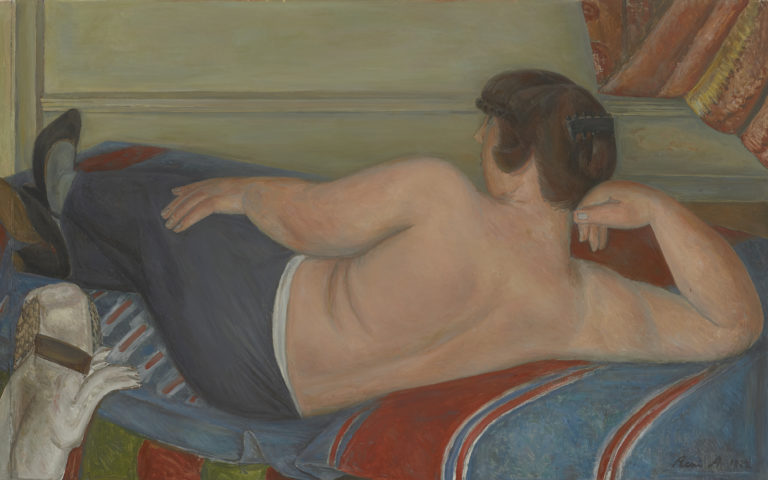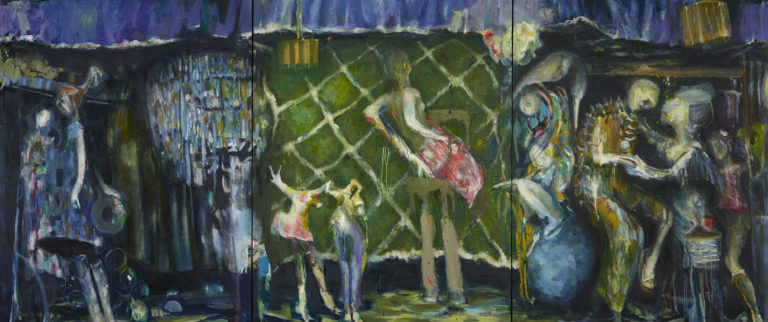Bibliography
Diane Esselborn et Coraline Guyot (ed.), Jules Blancpain 1860-1914, Intervalles, n. 114, 2019.
Pierre Grellet, Jules Blancpain: 1860-1914, Lausanne, Editions Spes, 1926.
Virgile Rossel, «Jules Blancpain. 1860-1913», in Actes de la Société jurassienne d’émulation, vol. 30, Porrentruy, Société jurassienne d’émulation, 1925: 193-200.

![Inconnu [Suisse occidentale], Sainte Anne enseignant la Vierge (Saint Anne Teaching the Virgin to Read), c. 1550-1580](https://www.mcba.ch/wp-content/uploads/2020/05/215_INCONNU_num4000_nr-768x1024.jpg)


Jules Blancpain was born to the famous watchmaking dynasty of the same name and trained in watchmaking in Saint-Imier with a view to joining the family business, until a trip to Florence set him on the path to painting instead. He trained at the Académie Julian in Paris and later the École des beaux-arts, placing first in the entrance exam. Like many of his contemporaries, he set out for Algeria after completing his studies, learning to capture the light and colours of North Africa. He honed the style that was to bring him success back in Neuchâtel – a blend of Albert Anker’s realism and Gustave Guillaumet’s Orientalism.
Large-format female nudes were a highly fashionable choice for late-nineteenth-century exhibitions. Nudes reclining by water viewed from behind had been popularised by Puvis de Chavannes, who inspired the rising generation of artists. Between 1891 and 1893, Blancpain produced several monumental pieces designed to catch the eye of art critics and prize panels. This work, Baigneuses (Women bathing), was shown at the Salon des artistes français in Paris in 1892. Harmonie (Harmony), also in the Museum collection, was displayed at the Exposition de la Société des amis des arts in Neuchâtel in 1893, then at the Exposition nationale des beaux-arts in Bern in 1894.
Blancpain handles the woman reclining in the foreground with considerable delicacy. The brushwork melts into a smooth expanse of opalescent skin, contrasting with the natural surroundings in pastel hues rendered with the freedom of touch that had come into vogue since the Impressionism.